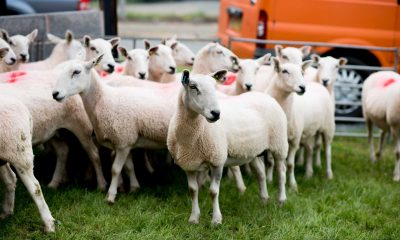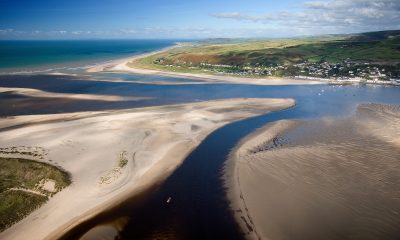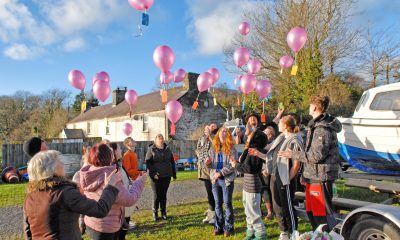Farming
Pembrokeshire mutton on top of TV chefs’ menu
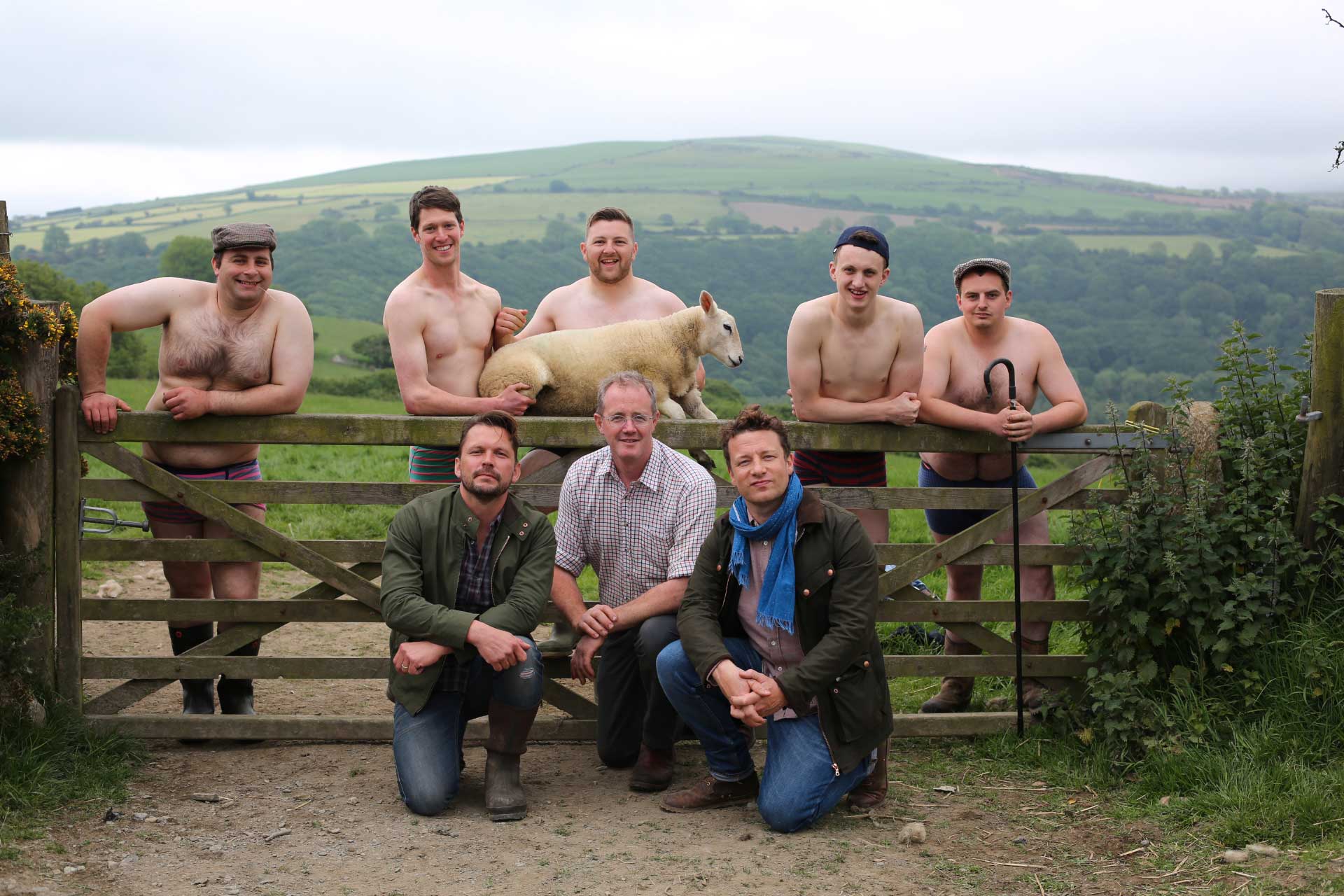
GWAUN VALLEY beef and sheep farmer, Robert Vaughan, has put mutton on top of famous TV chef Jamie Oliver’s menu, which features in the current Channel 4 TV series ‘Jamie and Jimmy’s Friday Night Feast’.
Pembrokeshire hill farmer Robert, who is a member of the Farmers’ Union of Wales, was keen to highlight how versatile and delicious mutton can be and was delighted to show Jamie and Jimmy round the farm.
“Out of the blue one evening I had a phone call from the Jamie Oliver production team to have a chat about my farm and mutton for the new series, with the outlook of possibly coming to see the farm for themselves. I didn’t want to get my hopes up of course. We have done a few TV shows before but it’s a bit like a job interview, you never know 100% if you’re going to be successful. They kept bouncing questions across for few weeks and then all of a sudden we had a confirmed date.
“It was all getting rather exciting but nerve racking also at that point. But I just gave them my story, not pretending to be something I’m not, and showed them round, explained how we farm and for how long we’ve been here. And they decided to run with it.”
Carn Edward meats is part of the north Pembrokeshire family hill farm and comprises of 3 livestock farms working as one under the gaze of Carn Edward mountain, which unites the holdings of Llannerch, Penrhiw and the renowned Penlan Uchaf gardens & tea rooms.
It is managed and farmed by brothers Robert and Richard under the careful eye and guidance of their parents Dilwyn and Suzanne Vaughan.
Llannerch farm is situated on the floor of the Gwaun Valley at its highest point on what was once one of the busiest drovers’ routes and pilgrims way out of north Pembrokeshire. Once home to and farmed by Robert’s and Richard’s grandparents this is where their father Dilwyn was born. Over the years he helped run the milking cows and sheep alongside purchasing the neighbouring un-farmed and neglected Penlan Uchaf.
Many years were spent clearing pasture land of gorse, blackthorns and weeds with the unreserved help of his parents at Llannerch, revealing what is now a vibrant livestock hill farm – built on blood, sweat and tears.
“Before the filming actually started I sent them a few products up to taste in London. I sent them my mutton, and they got back to me and said that Jamie Oliver was impressed by it and came back with all these wonderful ideas of what to do with it. And by the start of May we were filming. Originally the plan was for them to come out and do a taste test of flash frying a loin of lamb and a loin of mutton, and giving it to a couple of people to see what they think. Job done and off they went, but because they were so impressed with the mutton story they came for the full day cooking different things.
“I’m used to mutton but of course if you have never tried it before it is something quite special. It’s really good mood food and Jamie and Jimmy were busy cooking fried loins, pasta dishes with minced mutton, kofta balls and mutton lollipops. It really is worth trying and I can only describe it as quick young people food – and these are really the people we want to target. What is so lovely with Jamie and Jimmy is that they champion the people who produce the food and also the people who consume the food. They’re very down to earth and it was an absolute pleasure and heartwarming experience having them here,” said Robert Vaughan.
Back in the early 1980s, when Robert and Richard were children, farming hit a low point; returns were poor and interest rates high. To help survive and pay the bills farmers were encouraged to diversify. This led Dilwyn to be inspired by his love of gardening, learnt from his mother, to begin to create what is today Penlan Uchaf gardens.
The third farm Penrhiw, which adjoins Llannerch and encompasses the other half of Carn Edward mountain, came up for sale in Robert and Richards’ final year of college and was purchased that year.
So the boys, both equipped with over a 500 year Vaughan family history in the Gwaun Valley, the educational knowledge and inspiration and drive gained from their parents and grandparents and a love for their ‘Cenefyn’ (homeland where born) the story of Carn Edward farms was born.
Today the farm runs as a typical livestock hill farm, with a closed flock comprising of 750 pedigree Lleyn breeding ewes and a native herd of 200 pedigree Longhorn cattle, with all calving and lambing taking place in the spring and all animals pasture grazed. In the harsh depths of winter they are housed and fed on grass silage round bales made in early summer.
In 2001 the farm established their Longhorn cattle herd, a low input pasture based native breed, ideally suited to the extreme weather conditions facing a north Pembrokeshire farm.
Farmers markets and food festivals, along with the gardens and tea rooms offered the opportunity to capitalise on the Carn Edward meat sales growth we all know of today.
“I’ve had to learn how to get the best of the mutton carcasses – you don’t want a big layer of fat on it today because people won’t buy them. Traditionally they were processed fat, making them suitable for lengthy hanging bearing in mind we didn’t have the fridges we have today. So we process our mutton with their working coat on, which means they are leaner and higher in protein and we add value, producing what our customers want,” said Robert Vaughan.
Describing how mutton differs from lamb and why it is worth a try, Robert added: “The texture is different and there so much flavour- it’s almost like the dark meat on a chicken but there is more of it. The sheep had more time to graze and the meat becomes firmer, leaner. You can almost describe it like a good Christmas cake – it needs time and you can’t rush it.
“As an industry we’ve got so obsessed with the spring lamb story we have taken our eye off the ball. We need to keep the bigger picture in mind, as lamb consumption is falling and that’s a concern for us all. So the mutton story is a way of generating a new interest and it is a great way of championing our sheep farming industry.
“The opportunity to share my farming life with ‘Friday Night Feast’ and such great well known characters, was both humbling and a heart-warming experience. As farmers in this climate we need to engage more with our customer and go beyond the farm gate.
“If you’re interested in trying some of the mutton featured in the TV show, you can buy it from our website http://www.carnedward.co.uk/ and you can find me at Farmers Markets on a Monday at Newport (Pembrokeshire) from 9am – 1pm, Tuesday’s at St Dogmaels from 9am – 1pm, Saturday (1st & 3rd of the month) at Aberystwyth Farmers Market and on the last Saturday of the month at Uplands Market, Swansea,” added Robert
Farming
Welsh Conservatives warn climate plans could mean fewer livestock on Welsh farms
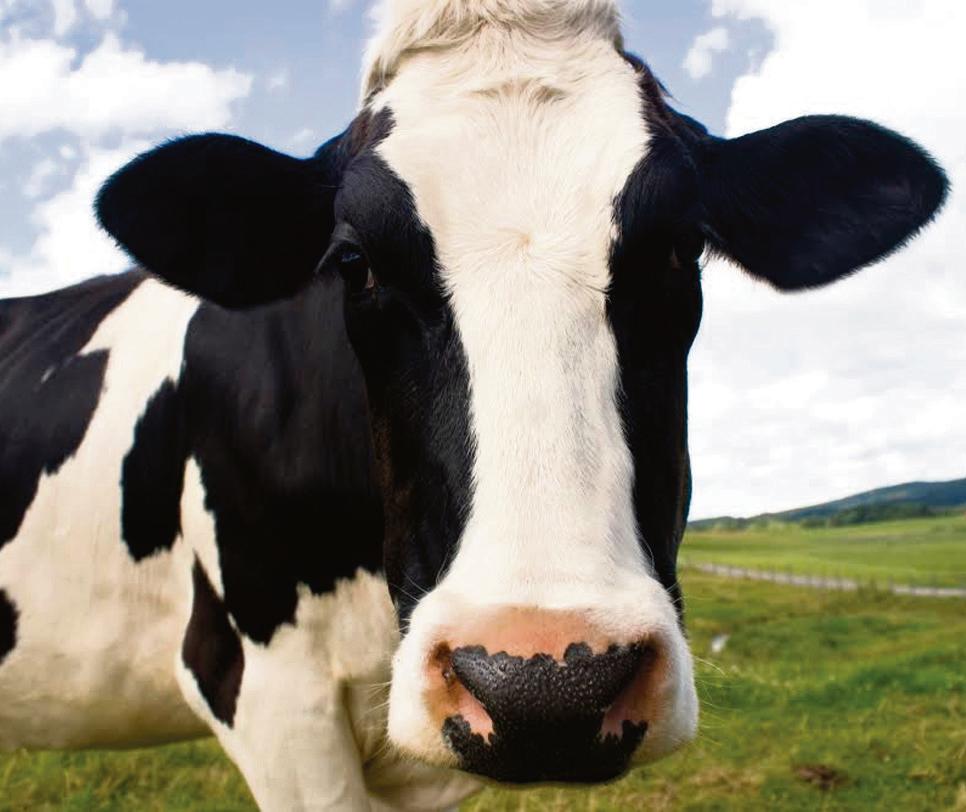
THE WELSH CONSERVATIVES have challenged the Welsh Government over climate change policies they say could lead to reductions in livestock numbers across Wales, raising concerns about the future of Welsh farming.
The row follows the Welsh Government’s decision, alongside Plaid Cymru and the Welsh Liberal Democrats, to support the UK Climate Change Committee’s Fourth Carbon Budget, which sets out the pathway towards Net Zero greenhouse gas emissions by 2050.
The Carbon Budget, produced by the independent Climate Change Committee (CCC), states that meeting Net Zero targets will require a reduction in agricultural emissions, including changes to land use and, in some scenarios, a reduction in livestock numbers.
During questioning in the Senedd, the Welsh Conservatives pressed the Deputy First Minister and Cabinet Secretary for Climate Change and Rural Affairs on whether the Welsh Government supports reducing livestock numbers as part of its climate strategy.
Speaking after the exchange, Welsh Conservative Shadow Cabinet Secretary for Rural Affairs, Samuel Kurtz MS, said the Welsh Government could not distance itself from the implications of the policy it had backed.
Mr Kurtz said: “By voting in favour of these climate change regulations, Labour, Plaid Cymru and the Liberal Democrats have signed up to the UK Climate Change Committee’s call to cut livestock numbers in Wales, and they cannot dodge that reality.
“The Deputy First Minister’s smoke-and-mirrors answers only confirm what farmers already fear: that Labour, along with their budget bedfellows in Plaid and the Lib Dems, are prepared to sacrifice Welsh agriculture in pursuit of climate targets.”
He added that the issue came at a time of growing pressure on the farming sector, pointing to uncertainty over the proposed Sustainable Farming Scheme, the ongoing failure to eradicate bovine TB, nitrogen pollution regulations under the Nitrate Vulnerable Zones (NVZs), and proposed changes to inheritance tax rules affecting family farms.
The Welsh Government has repeatedly said it does not have a target to forcibly reduce livestock numbers and has argued that future emissions reductions will come through a combination of improved farming practices, environmental land management, and changes in land use agreed with farmers.
Ministers have also said the Sustainable Farming Scheme, which is due to replace the Basic Payment Scheme, is intended to reward farmers for food production alongside environmental outcomes, rather than remove land from agriculture.
The UK Climate Change Committee, which advises governments across the UK, has stressed that its pathways are based on modelling rather than fixed quotas, and that devolved governments have flexibility in how targets are met.
However, farming unions and rural groups in Wales have warned that policies focused on emissions reduction risk undermining the viability of livestock farming, particularly in upland and marginal areas where alternatives to grazing are limited.
The debate highlights the growing tension between climate targets and food production in Wales, with livestock farming remaining a central part of the rural economy and Welsh cultural identity.
As discussions continue over the final shape of the Sustainable Farming Scheme and Wales’ long-term climate plans, pressure is mounting on the Welsh Government to reassure farmers that climate policy will not come at the expense of the sector’s survival.
Farming
FUW Insurance Services appoints Paul Jameson as non-executive director
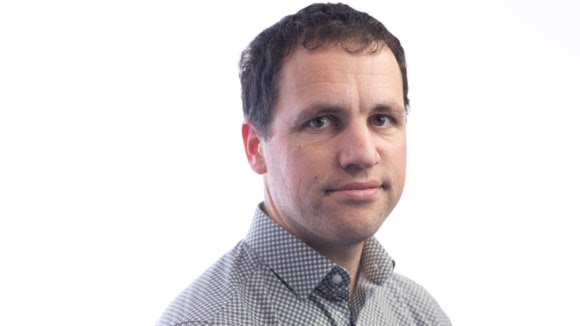
Experienced insurance and risk specialist joins board as long-serving director retires
FUW INSURANCE SERVICS LTD, Wales’ leading specialist agricultural insurance broker, has announced the appointment of Dr Paul Jameson as a non-executive director.
Dr Jameson brings extensive experience in insurance and risk management, having worked as an actuary and senior executive within subsidiaries of major global insurers including Allianz, Munich Re, Legal & General and Wakam. He has held chief risk officer roles since 2020.
During his career, Dr Jameson has led multidisciplinary teams spanning actuarial services, risk management, compliance, audit, legal and marketing approvals, giving him broad experience in both strategic oversight and operational governance.
Speaking following his appointment, Dr Jameson, who lives in Colwyn Bay, North Wales, said he was looking forward to supporting the farming sector in Wales.
He said: “I am delighted to join FUW Insurance Services and would like to thank Ann, Guto and the rest of the team for their warm welcome.
“I have been impressed by the passion and commitment of the board to the farming community, and by its ambition to grow and diversify the insurance business. I am keen to support the farming profession and help ensure the continued success of the sector in Wales, particularly during periods of economic and geopolitical uncertainty.
“I hope my experience in the insurance sector will help the business build on its successes and continue to grow, especially as it explores new commercial opportunities and innovative avenues for expansion.”
Ann Beynon OBE, chair of the FUW Insurance Services board, said Dr Jameson’s expertise would be a significant asset to the organisation.
She said: “We are delighted to welcome Dr Paul Jameson to the board. His depth of experience in insurance and his understanding of risk management will be invaluable as we continue to develop and diversify our services.
“Paul’s insight and strategic perspective will help us navigate a changing insurance market, identify new opportunities for innovation and growth, and strengthen the services we provide to our customers.”
Dr Jameson’s appointment follows the retirement of Ken Isherwood, who has stepped down from the board after more than a decade of service.
Paying tribute, Ann Beynon said: “Ken’s integrity, wisdom and deep knowledge of the insurance industry have underpinned much of our success.
“It has been a privilege to work alongside him, and we wish him every happiness in his well-earned retirement.”
Community
Badger Trust launches manifesto ahead of 2026 Senedd elections
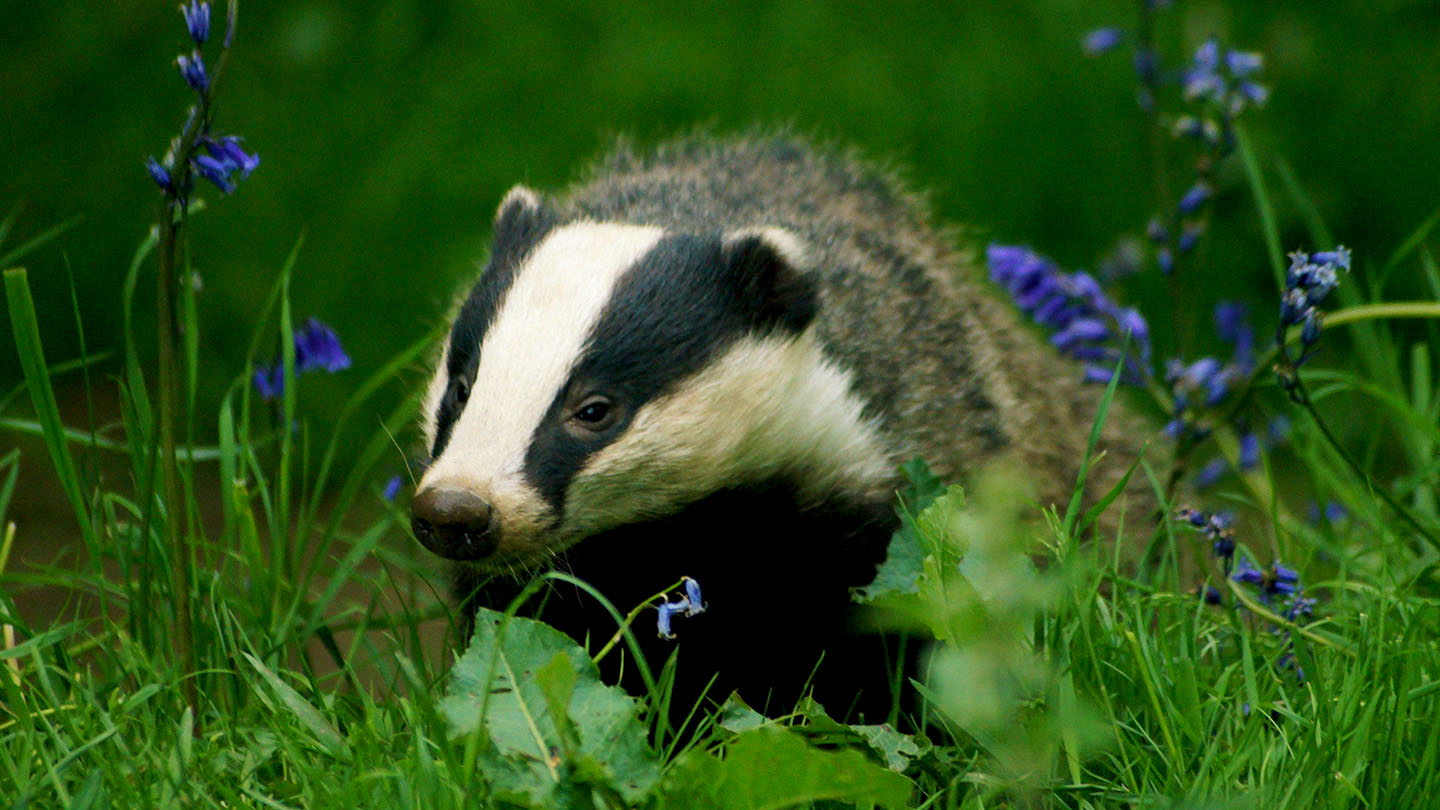
THE BADGER TRUST has published a new Cymru Badger Manifesto calling on candidates standing in the 2026 Senedd elections to commit to a science-led approach to bovine tuberculosis (bTB) and to maintain Wales’ current policy of not culling badgers.
The manifesto, released on Wednesday (Dec 10) as part of the charity’s Badgers Belong Here / Mae Moch Daear yn Perthyn Yma campaign, sets out the organisation’s position on badger protection, wildlife crime and bTB control, and urges politicians to reject calls for the reintroduction of culling in Wales.
Badger Trust argues that political decisions taken during the next Senedd term will be critical to the future of badgers, which it describes as culturally and ecologically significant to Wales. The charity says badgers have been present in Wales for more than 250,000 years and remain part of Welsh folklore, place names and rural identity.
Five key commitments
The manifesto outlines five commitments the charity is asking Senedd candidates to support, including defending what it describes as science-led policy on bTB, challenging misinformation in public debate, strengthening enforcement against wildlife crime, recognising badgers as part of Welsh heritage, and supporting local volunteer badger groups.
According to Badger Trust, 140 incidents of badger-related wildlife crime have been recorded in Wales since 2020, which it says highlights the need for improved reporting and enforcement.
The charity also points to the work of six active badger groups across Wales, which it says assist with rescuing injured animals, monitoring setts, recording road casualties and supporting local authorities.
bTB policy in Wales and England
Wales has not carried out widespread badger culling as part of its bTB control strategy, instead focusing on cattle testing, biosecurity measures and herd management.
Badger Trust claims that new herd incidents of bTB in Wales fell by more than 40% between 2010 and 2024, which it attributes to cattle-based controls rather than wildlife intervention.
The charity contrasts this with England, where it says almost 250,000 badgers have been culled over the past decade as part of bTB control programmes. It argues that bTB rates in England remain higher than in Wales and that the evidence does not show culling alone to be responsible for reductions in disease.
Disputed claims over culling
The manifesto challenges the frequently cited claim that badger culling in England led to a 56% reduction in bTB in cattle. Badger Trust says this figure has been misinterpreted and that studies cited in support of culling also involved additional measures such as enhanced cattle testing and biosecurity.
The charity points to statements from researchers and official correspondence which, it says, indicate that reductions in bTB cannot be attributed solely to culling.
Supporters of culling, including some farming groups, continue to argue that wildlife control should remain an option as part of a wider disease management strategy, particularly in areas with persistent infection. The Welsh Government has previously said it keeps its bTB policy under review in line with emerging evidence.
Call to candidates
Nigel Palmer, CEO of Badger Trust, said Wales demonstrated that bTB could be tackled without killing wildlife.
He said: “Wales is a world-leading example of how to address bovine TB through evidence-based policy. The progress made here shows that culling is not necessary, and we urge Senedd candidates to stand by the science.”
The manifesto is available in both Welsh and English and will be circulated to political parties and candidates ahead of the 2026 election.
-

 Crime1 day ago
Crime1 day agoMilford Haven man jailed after drunken attack on partner and police officers
-

 News4 days ago
News4 days agoDyfed-Powys Police launch major investigation after triple fatal crash
-

 Crime1 day ago
Crime1 day agoTeenager charged following rape allegation at Saundersfoot nightclub
-

 Crime2 days ago
Crime2 days agoMan charged with months of coercive control and assaults
-

 Crime3 days ago
Crime3 days agoMan sent to Crown Court over historic indecent assault allegations
-

 Crime5 days ago
Crime5 days agoMan spared jail after baseball bat incident in Milford Haven
-

 Crime3 days ago
Crime3 days agoMilford Haven man admits multiple offences after A477 incident
-

 Crime2 days ago
Crime2 days agoWoman ‘terrified in own home’ after ex breaches court order











